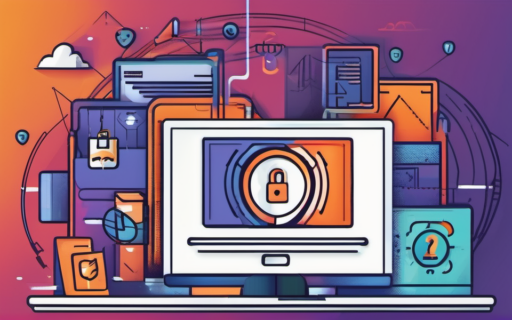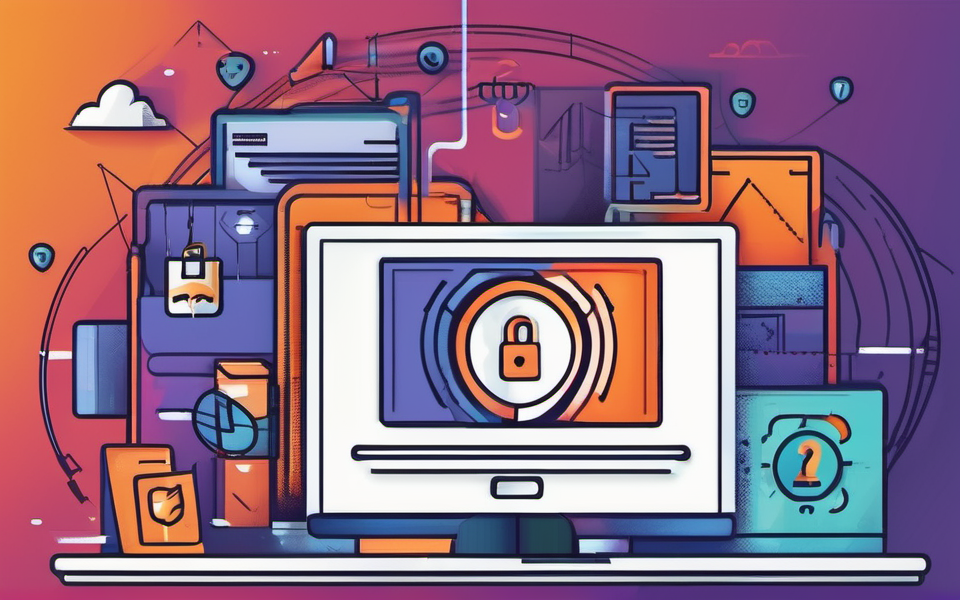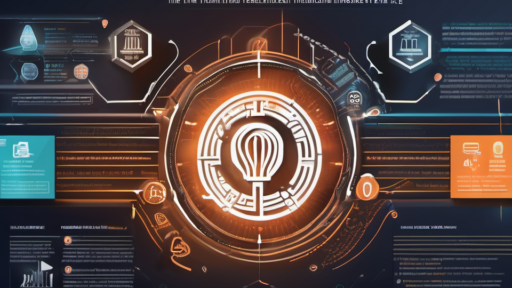Want to know how to make your network impenetrable? Imagine a fortress built from the strongest materials, equipped with cutting-edge surveillance systems, and protected by elite guards. That’s what we’re aiming for with modern security practices! Let’s dive into the exciting world of securing your digital world, embracing the latest technologies to mitigate cyber threats and achieve rock-solid digital defenses.
Understanding Today’s Security Landscape: A Constant Evolving Battle
The online world is a vast and dynamic space where data is constantly flowing, making it a prime target for attackers. To secure your digital assets, we must understand the evolving nature of security threats. Imagine playing a game where the rules are constantly changing – that’s what cybersecurity is like!
The Ever-Changing Threat Landscape
The world of cyberattacks is ever-evolving. Just when we think we’ve mastered a defense against one type of threat, another one emerges. Malicious actors are becoming increasingly sophisticated, utilizing innovative methods like artificial intelligence (AI) and machine learning (ML) to find new vulnerabilities. This is why it’s essential to stay vigilant and keep your defenses updated with the latest security practices.
What Are We Up Against? A Look at the Most Common Threats
Understanding the enemy is the first step in conquering them! Let’s take a closer look at the most common security threats you might face in today’s world:
1. Data Breaches: This involves unauthorized access to sensitive data like customer information, financial records, and intellectual property.
2. Phishing: These scams often involve convincing individuals to provide sensitive information by disguising as a trustworthy source, like a bank or a trusted friend.
3. Ransomware: This nasty threat encrypts data and demands payment for its release.
4. Denial of Service (DoS) Attacks: These bombard systems with traffic to overwhelm their resources, rendering them unusable for legitimate users.
5. Malware: This malicious software can take many forms, including viruses, spyware, and worms, aiming to steal data, disrupt operations, or gain unauthorized access to your systems.
These threats require a multi-faceted approach to combat them effectively. Think of it as a shield with multiple layers! We need to implement measures to detect threats, prevent them from breaching our defenses, and respond quickly to incidents that do occur.
Staying One Step Ahead: Embracing Emerging Technologies for Enhanced Security
We’re not playing a game against stationary opponents! We’re constantly adapting to the latest advancements in security technologies.
The Power of Artificial Intelligence (AI) and Machine Learning (ML)
Let’s leverage technology to our advantage! AI and ML are game-changers when it comes to strengthening security defenses. By analyzing massive datasets of potential threats, these intelligent systems can proactively identify and block attacks in real-time. Imagine an AI system constantly scanning for vulnerabilities and proactively patching them before an attacker even attempts to exploit them. That’s the power of AI!
Blockchain: Adding an Extra Layer of Trust and Transparency
Blockchain technology, known for its secure and transparent nature, can play a crucial role in protecting data integrity. It offers a distributed and immutable ledger that allows tracking data’s journey from point A to point B, ensuring authenticity and tamper-proof records. This technology is particularly effective in securing transactions, managing identities, and securing sensitive documents. Imagine a system where data is not only secured but also fully auditable, with a complete record of its movements and changes. Blockchain brings this to reality!
Zero Trust Security: Never Trust, Always Verify
The traditional perimeter-based security model, which trusts everyone inside the network, is no longer enough. The zero-trust approach, on the other hand, takes a much more cautious approach – never trust, always verify. This model assumes that no user or device can be inherently trusted. It requires strict verification and authorization at every step, enforcing granular access control policies, even for internal users.
Think of it like a secure building with multiple checkpoints and strict verification at each entrance. No one, regardless of who they are, can access restricted areas without proper authentication and clearance.
Cloud Security: Navigating the Shift to Digital Environments
More and more companies are moving their operations to the cloud, taking advantage of its scalability and cost-efficiency. But the shift to the cloud also presents new security challenges. Organizations must implement measures to protect sensitive data and ensure the secure management of cloud environments.
We need to ensure that cloud service providers are taking necessary steps to protect data in their infrastructure, like strong encryption protocols and multi-factor authentication. Implementing comprehensive security strategies, including robust access controls, data encryption, and security monitoring tools, is vital for navigating the complexities of cloud environments.
Taking Action: How to Enhance Your Security Posture
Understanding the importance of security is only the first step. Let’s turn that knowledge into practical action to protect your systems, data, and reputation.
Prioritizing Education and Training
Investing in employee education and training is essential. Just like we wouldn’t send soldiers into battle without training them properly, we can’t expect our employees to navigate the digital landscape without understanding the risks and proper security practices. This can include phishing awareness training, password hygiene education, and training on best practices for handling sensitive data.
Embracing Automation and Monitoring Tools
Implementing automated security solutions and employing continuous monitoring tools is crucial. Imagine a watchful guardian constantly scanning your systems for signs of suspicious activity – that’s what security monitoring is like! Tools like intrusion detection systems (IDS), security information and event management (SIEM) platforms, and automated vulnerability scanners help organizations proactively identify and respond to threats.
Key Takeaways
The digital world is constantly changing, and so are the threats we face. To truly shield your organization from harm, you must embrace the latest security technologies and adopt a proactive approach to managing risks. Remember:
- Be informed: Understand the current security landscape and the types of threats you are facing.
- Embrace innovation: Leverage emerging technologies like AI, ML, and blockchain to strengthen your defenses.
- Educate your employees: Train them on best practices to avoid common security mistakes.
- Be vigilant and proactive: Employ security tools and monitoring practices to detect threats and respond effectively.
By staying ahead of the game, embracing continuous improvement, and adapting to the changing tides of the security landscape, you can build an impenetrable digital fortress, securing your organization’s most valuable assets – your data, your reputation, and your future.






